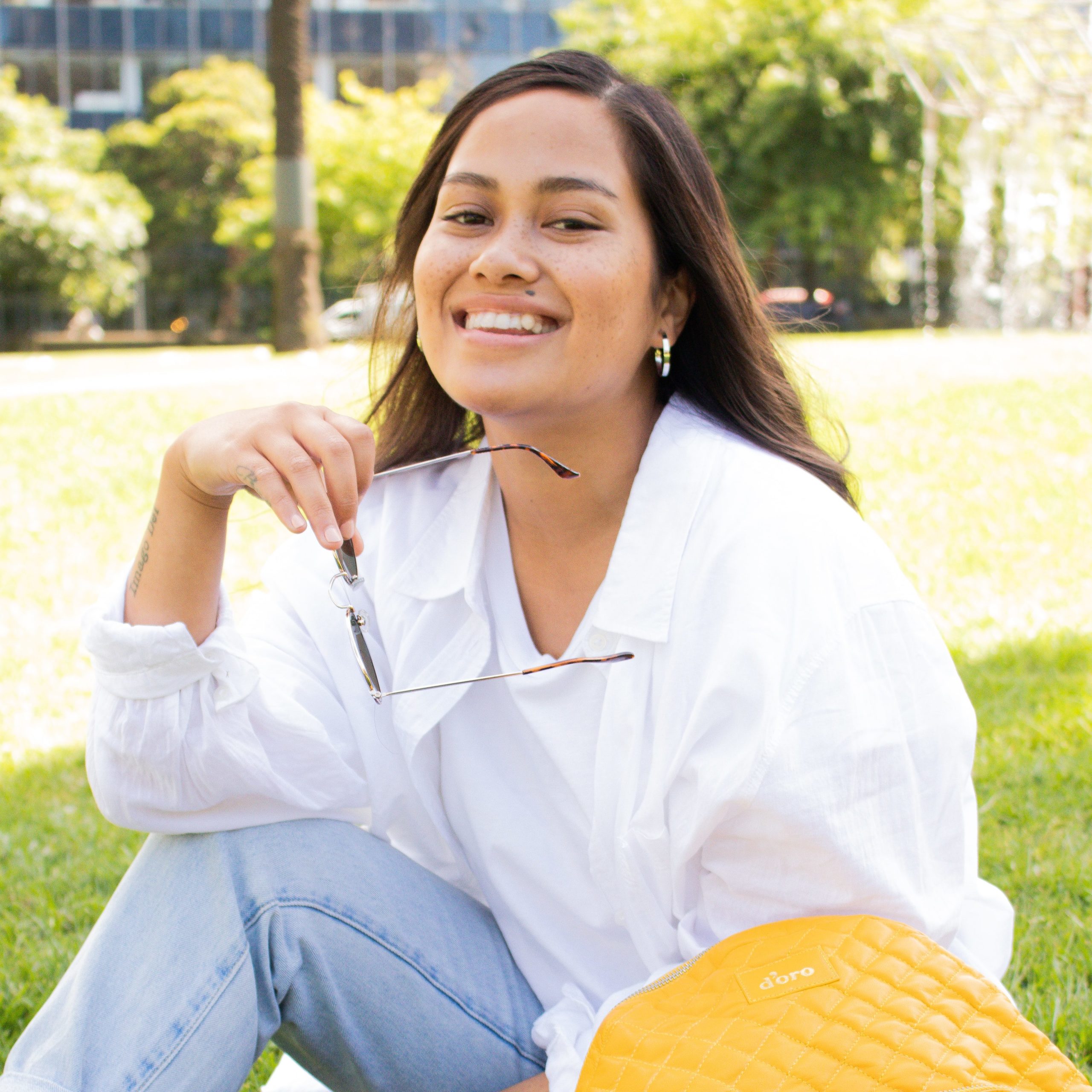Getting into the best colleges and receiving big scholarships isn’t easy. It’s very competitive! This is why “personal branding” must be part of your college readiness curriculum.
A 4.0 grade point average and high test scores will help, but you know that’s just not enough to cut it.
If all your students have to show after four years of high school are good grades, and most schools have gone test optional, they’ll need something more to get an edge over the competition.
I know, you probably had no idea when you signed up to go into education, you’d be teaching your students how to market themselves, i.e., to create a personal brand.
What is a Personal Brand?
Your personal brand says who you are — it’s what you’re known for, what people think about you, and what you have to offer.
Or, as Jeff Bezos perfectly put it: “Your personal brand is what people say about you when you’re not in the room.”
I tell my students that just about everything about them contributes to their brand. This includes how they dress, how they act, and who they spend the most time with. It also includes their values, skills, talents, and passions, and what they do both in and out of school.

Why Is Personal Branding Important?
Personal branding is a way students can differentiate themselves from others and stand out when applying to colleges, as well as scholarships and jobs. While it’s worth celebrating a 4.0 GPA, you might want to remind your students that over 200,000 high school seniors graduate with a 4.0 each year. And Harvard rejects over 200 applicants a year with a perfect SAT score.
Taking time to think about their personal brand will also help students reflect on what matters most to them and how to share this with others. This awareness will then give students direction, make writing their personal statements easier, and help them get letters of recommendation from people who have a clear idea of their brand!
How Do Students Develop a Personal Brand?
- Start now while in high school.
It’s best to start as early as possible so students can explore different interests, see what they like, and take the time to develop the skills and interests they want to pursue. - Reflect and assess.
First, help your students to identify their core values, passions, and personal goals. Career inventories such as the John Holland RIASEC test can help. Then they should look at the activities they are involved with or want to start pursuing and reflect on whether these activities match their values, passions, and goals. This might mean thinking about activities or distractions that are not helping to brand themselves in a positive way and how they can refrain from those activities. You may also need to stress a few times that a personal brand will be stronger if 1) it shows how they’re unique, 2) it shows they have passion for something, and 3) it shows they care about making a difference. - Brainstorm ideas for personal brand development.
Remind your students of everything that makes up a personal brand and allow them to brainstorm other things they can do to brand themselves the way they want to be known. - Make a personal brand statement.
A brand statement sums up one’s experience, skills, and passions. Have your students write one to three sentences that explain what they do and why they’re unique so that people can easily understand who they are and what they offer. It should be short and catchy but also contain enough compelling information to convey their value and personality. Think of it as a catchphrase – a tagline or slogan for marketing oneself!
Example:
“I may be quiet but my art and videos speak volumes with their stories—sometimes sad, sometimes happy, but always with an important message that makes others think and inspires change. Student today, filmmaker and world changer tomorrow.” - Make a branding plan.
Talk with your students about all the different ways they can become known for their personal brand. These days most people use social media for branding. Allow your students to share with you what they already know and chances are, they know a lot! However, they may need to clean up their social media pages by deleting anything that doesn’t match their brand. You might also suggest starting a podcast, Youtube channel, or blog to share their expertise, lifestyle, or the content they want to be known for, and joining Facebook or LinkedIn groups for networking with people with similar interests. Of course this would also be a good time to talk about digital citizenship and safety and other ways students can connect with people who can support and recommend them, such as teachers, coaches, community leaders, and counselors. - Be consistent.
Whichever platform your students choose, they’ll want to post regularly and be sure their content matches their brand. If they don’t use social media, help them think of ways to regularly network in person!
When I do my personal branding lesson with students, I like to also have them make a collage with at least five pictures that show the person they want to be known as. I tell them to place these pictures on a Google Slide or on a poster and include their brand statement on their collage. Before sharing with the entire class, I have students meet in small groups to work on their personal branding statements to get peer feedback. This is a great lesson to do during the first quarter to help everyone get to know each other better!
If you would like a beautiful no-prep, done-for-you interactive Google Slides presentation on personal branding, click HERE!
If you found this article helpful, share it with your teacher friends and colleagues!

Bold font